“Hunza: Where nature’s beauty meets timeless history.”
The Northern Pakistani region of Hunza Valley has established itself as a prominent tourist destination in 2025. You will experience an unforgettable mixture of awesome natural attractions with majestic mountains and esteemed cultural traditions in Hunza. The Hunza Valley positions itself as a prime travel destination because its unique beauty catches the attention of modern explorers who desire natural landscapes alongside historical wonders.
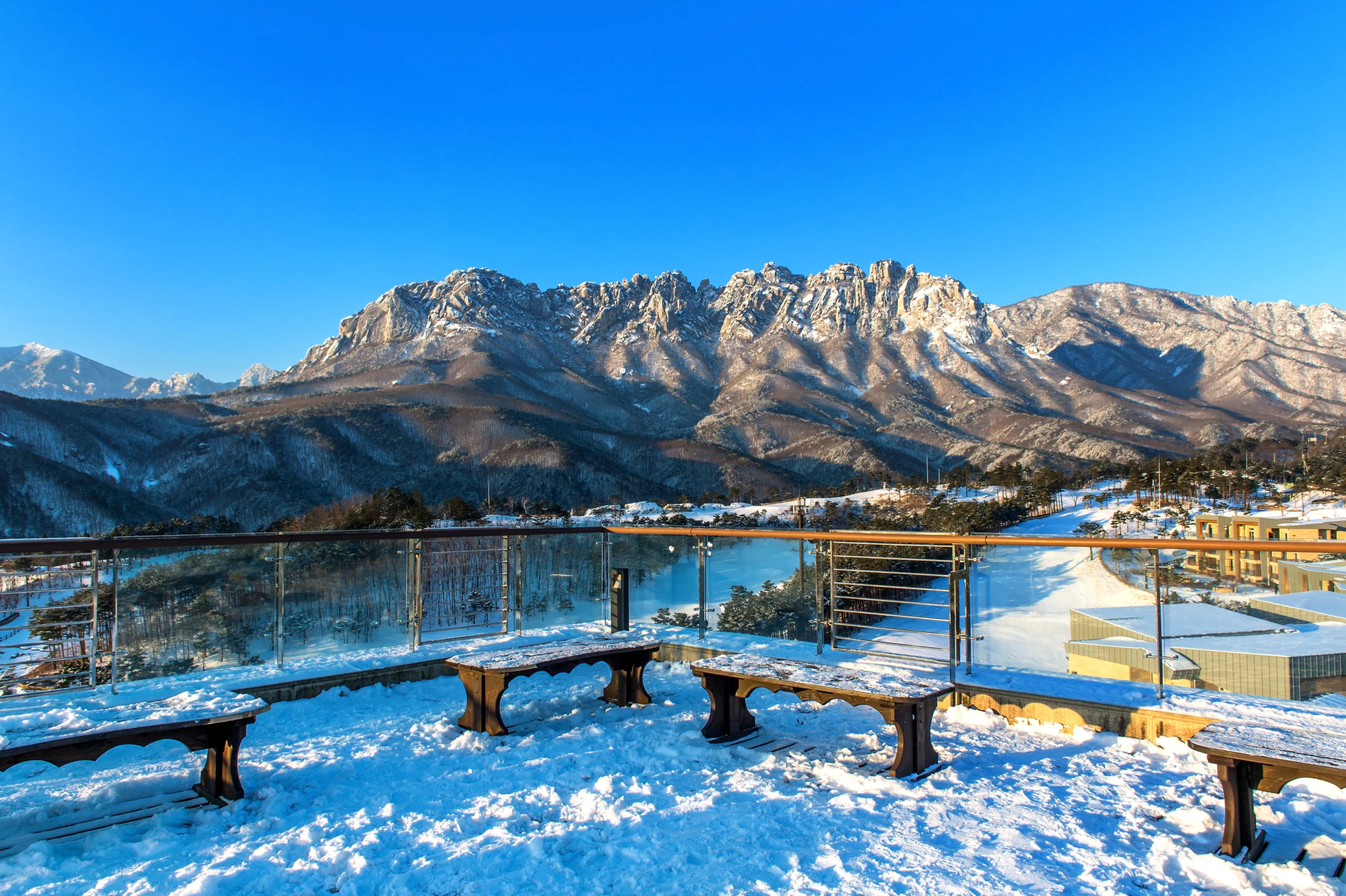
This Hunza travel guide fully provides you with all the information needed to explore Hunza during 2025. This guide contains complete information along with tips and recommendations to help you plan your seamless travel to Hunza in 2025.
But why must you visit Hunza in 2025?
The area receives tourist activity alongside its success in preserving its ecological landscape and social native practices. The development of better infrastructure will extend Hunza travel opportunities, and the Hunza Travel Guide will help adventure lovers explore while preserving its authentic traditional identity. The Hunza travel guide serves as an ideal companion to help you discover this secret beauty spot in Pakistan.
Overview of Hunza Valley:
The northern Pakistani region of Gilgit-Baltistan hosts the stunning destination of Hunza Valley 2025, which stands out for both its exceptional scenery and historical culture. Silhouetted at 2,438 meters (8,000 feet) above sea level, Hunza Valley reveals magnificent mountain scenery that features peaks such as Rakaposhi, Ultar Sar, and Hunza Peak.
Hunza has achieved a perfect geographic alignment because it is a Silk Road trading hub that has united Central Asian territories with the subcontinent. The strategic position of the valley between different territories has extensive cultural interactions that developed its integrated cultural identity. The valley experienced power shifts from different historical dynasties, so multiple cultural and architectural traditions emerged during recordable historical periods.
Use this Hunza Travel Guide to witness the majestic beauty of the Hunza Valley!
Importance as a Tourist Destination:
The valley of Hunza will become a top travel location, merging amazing geographical scenery with cultural heritage by 2025. The region maintains complete local authenticity while steadily gaining more tourist visitors. Improved connectivity through the Karakoram Highway has made Hunza more accessible, so visitors should seize this chance to witness both its alluring landscapes and vibrant traditional ways of life.
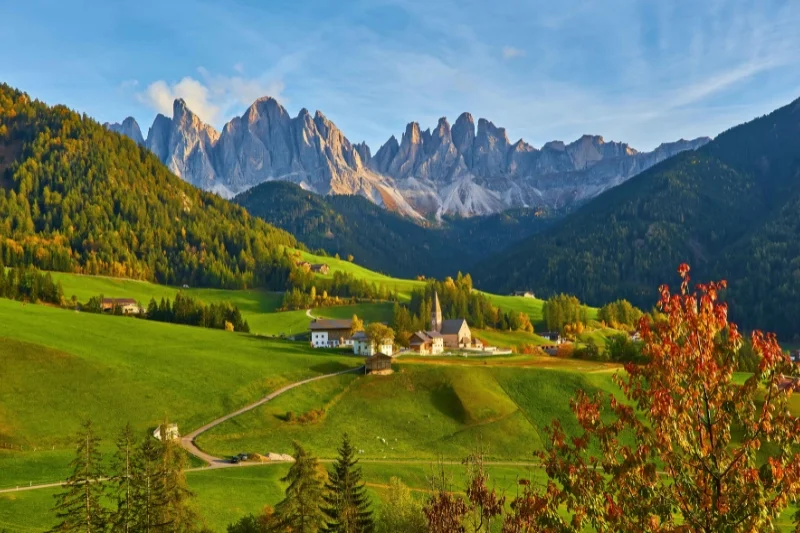
How to Get There?
Road Trip via the Karakoram Highway
The Karakoram Highway tour helps you to reach Hunza after an expedition that will be remembered forever. As an “Eighth Wonder of the World,” the historic pathway connects 1300 kilometers between China and Pakistan. The route consists of rugged regions alongside mountain peaks reaching high altitudes as they cross over shifting rivers.
The trip between Islamabad and Hunza by highway requires between 12 to 14 hours, and this duration changes according to road conditions and stop time. Stability assessments of road conditions must be done frequently because weather patterns and topographical changes lead to regular geological dangers.
Flights to Gilgit:
For short vacations, passengers need to select airline services between Islamabad and Gilgit. Flight duration on this air route amounts to precisely 1 hour and 15 minutes. People can travel to the destination via PIA-operated daily flights. All passengers need to schedule their reservations in advance with proper monitoring of flight schedules because weather unpredictability leads to travel disruptions.
Transportation from Gilgit to Hunza:
Travelers arriving in Gilgit can choose between renting private taxis and sharing jeeps for the journey to Hunza. Travel from Gilgit to Hunza takes two to three hours to complete through a 100-kilometer journey. Scenic mountain and river vistas from the Karakoram range can be seen by anyone traveling this route. Passengers must make their fare reservations in advance to ensure their safety on winter roads by checking both the prices and the quality of their vehicles.
Accommodation:
Planned Everything, but Where Will You Stay in Hunza?
Let the Hunza Travel Guide help you find the best accommodation!
Upon reaching Hunza, the first thing you need to do is select an accommodation as it is an entire experience, not just a living space. What will you choose, a view of snowcapped mountains or a gathering of stars? You can choose as many options as you want, from booking your room in a hotel or guest house for your family.
Types of Stay:
In Hunza, you will have access to a wide range of lodging options, such as welcoming guesthouses and luxurious hotels. The best accommodation options existing in Hunza are Eagle’s Nest, Hunza View Guest House, and the Hunza Serena Inn. All these accommodation spots provide luxurious services. The adventure continues for visitors who combine camping at Attabad Lake with alternative camping locations.
The Hunza travel guide also recommends pre-booking accommodations for a smooth travel experience.
Budget vs Luxury:
Are you looking for basic budget accommodations or refined lodging facilities while booking your accommodation in Hunza?
- The Altit Baltit Fort is the best choice for budget-conscious visitors.
- Karimabad Hunza Gilgit Baltistan has exceptional features and stunning views awaiting luxury vacationers.
Key Attractions:
Altit and Baltit Forts:
The two vital magnificent sites found in Hunza are Altit Fort and Baltit Fort. Visitors who see Karimabad can witness various royal historical events of the region at the fortresses while enjoying breathtaking views only. Traditional Hunza architecture shines through Altit Fort, which dates back more than 900 years and shows off its woodwork decks and age-old rock walls.
Built-in a slightly more recent period, Baltit Fort displays complex wooden decorative elements that are combined with Tibetan and Central Asian craftsmanship. Visitors can walk through these carried-over historic forts that showcase wonderful examples of preserved Hunza royal history.
Beyond its history lessons, the ancient halls allow you to explore Hunza’s regional heritage and observe exquisite valley panoramas as they stroll between the buildings. Following the Hunza travel guide, you must visit these forts to understand Hunza’s historical and cultural heritage.

Passu Cones and Glacier:
The trip to Hunza remains incomplete without experiencing the famous Passu Cones. The pointed peaks at Passu Cones serve as significant landmarks because photographers often record them as the most popular sites in Hunza. You can experience the natural beauty of Hunza through its massive ice fields and crevassed Passu Glacier situated beneath the staggering Passu Cones.
The path to view the glacier stands out as a fundamental challenge drawing those seeking adventures. People remember the glacier because of its glimmering beauty that combines with the intense strength of majestic peaks. According to this Hunza travel guide, visiting Passu Cones and Glacier will undoubtedly be one of the highlights of your trip.
Rakaposhi View Point:
Rakaposhi View Point is the most incredible sightseeing spot and one of Hunza’s premier viewpoints. This viewpoint offers visitors a close-up of Rakaposhi, the 27th-highest peak in the world.
Beautiful green meadows exist around the viewpoint in Hunza, creating an ideal restful location in which to enjoy the region’s natural beauty. According to this Hunza travel guide, it’s highly recommended to visit the Rakaposhi View Point for an unforgettable experience.
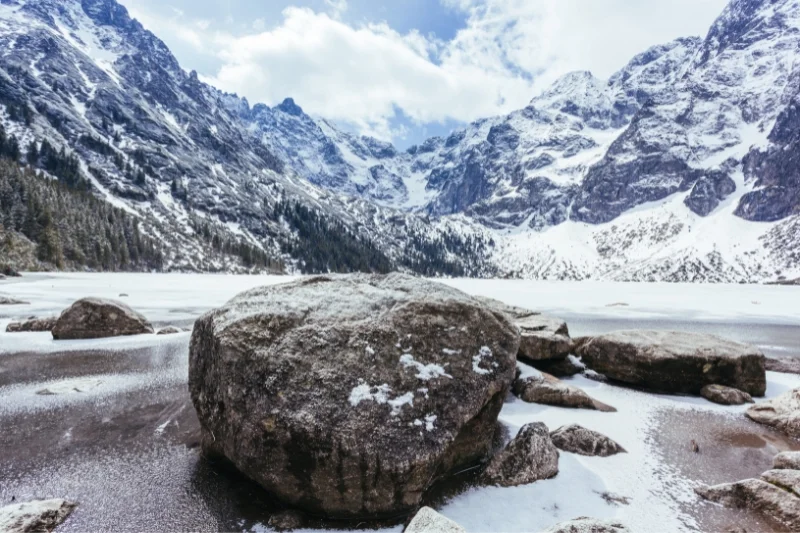
Attabad Lake:
The formation of Attabad Lake in 2010 occurred through a tragic landslide that produced its striking turquoise appearance. Standing between tall peaks, the lake presents one of Hunza’s most breathtaking natural attractions. People visiting can enjoy boating on the peaceful lake and, with the help of the Hunza Travel Guide, explore the beautiful view of the landscape from the lake’s shoreline.
People describe Attabad Lake as surreal because its bright color stands out against the arid brown mountains. At Attabad Lake, visitors can find total peace and tranquility. The Hunza travel guide demonstrates that Attabad Lake stands as an essential sight that every visitor to the region must experience.
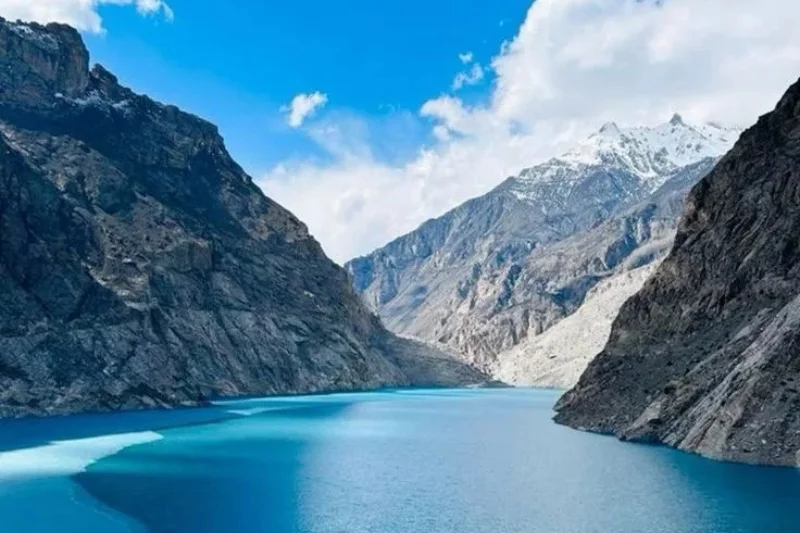
Cultural Experiences:
Local Festivals & Traditions:
Hunza maintains its winter charm through its lively celebrations and numerous cultural traditions. Every year in late June, people assemble at Baltit Fort to observe the Ginani Festival, which honors the summer solstice and coming harvest events. The festival gathers people at Baltit Fort, where they conduct prayers for prosperity while participating in traditional dances and music performances.
Residents gather at the Uchal Festival during August to celebrate the start of barley and wheat ripening season. The festival encourages public involvement through musical performances, where people dance to traditional music and dress nicely to appreciate nature and dance traditionally. Both excitement and collective joy produce celebration events among the members of the community.
Shoppers find exceptional handicrafts in the Hunza markets. Hunza markets show visitors an exceptional assortment of exclusively produced local handicrafts that can be abundantly discovered throughout their region. Artists create handmade items at their facilities, including local caps, jewelry, and woven carpets. Together with typical souvenirs, these markets showcase the region’s cultural heritage and traditional art by regional craftspeople.
Follow this Hunza travel guide to explore both natural and cultural attractions!
Travel Tips:
You must be thrilled now! But keep these Hunza travel tips in mind before you pack your bags!
- Seasonal Weather: Hunza welcomes travelers between May and September when most weather conditions are perfect. Early April ushers in the cherry blossom season before October embellishes the region with its autumnal golden shades.
- Budget Planning: Hunza offers affordable accommodations. Meals cost around 500 PKR. As suggested in this Hunza Travel Guide, we suggest you bring cash as these local remote areas lack ATMs, so you should bring enough cash with you.
- Cultural Etiquette: Respect Hunza festivals and traditions. Guests must remove their shoes before entering houses and learn some basic words from Burushaski to interact with the local community.
Conclusion:
Tourists discover hidden gems in Hunza Valley to appreciate remarkable sights accompanied by outstanding cultural heritage and distinctive travel experiences. Travelers visiting Hunza Valley can visit the historic Altit and Baltit Forts while experiencing the natural wonders at Passu Cones and Attabad Lake. Tourists visiting Hunza will discover something for everyone, whether they want to explore ancient monuments, pursue adventure activities, or seek tranquility within natural environments. The breathtaking region will exceed easy access in 2025, which presents an ideal time to explore this stunning destination with the Hunza Travel Guide.
Our Hunza travel guide simplifies your journey to Hunza. The guide delivers complete travel requirements by explaining the best moments to visit alongside traditional customs and helping you set your budget. Visitors need to explore the community markets and participate in the exciting festivals that the Hunza people hold.
So, what are you waiting for? Pack your bags and follow the Hunza Travel Guide to witness Hunza Valley 2025, which awaits future visitors. To fully appreciate this wonderful location, take advantage of these guidelines and follow them while visiting the magnificent Hunza Valley.
Through this Hunza travel guide, you can easily explore the region’s beautiful landscapes while experiencing traditional customs and admiring natural beauty.

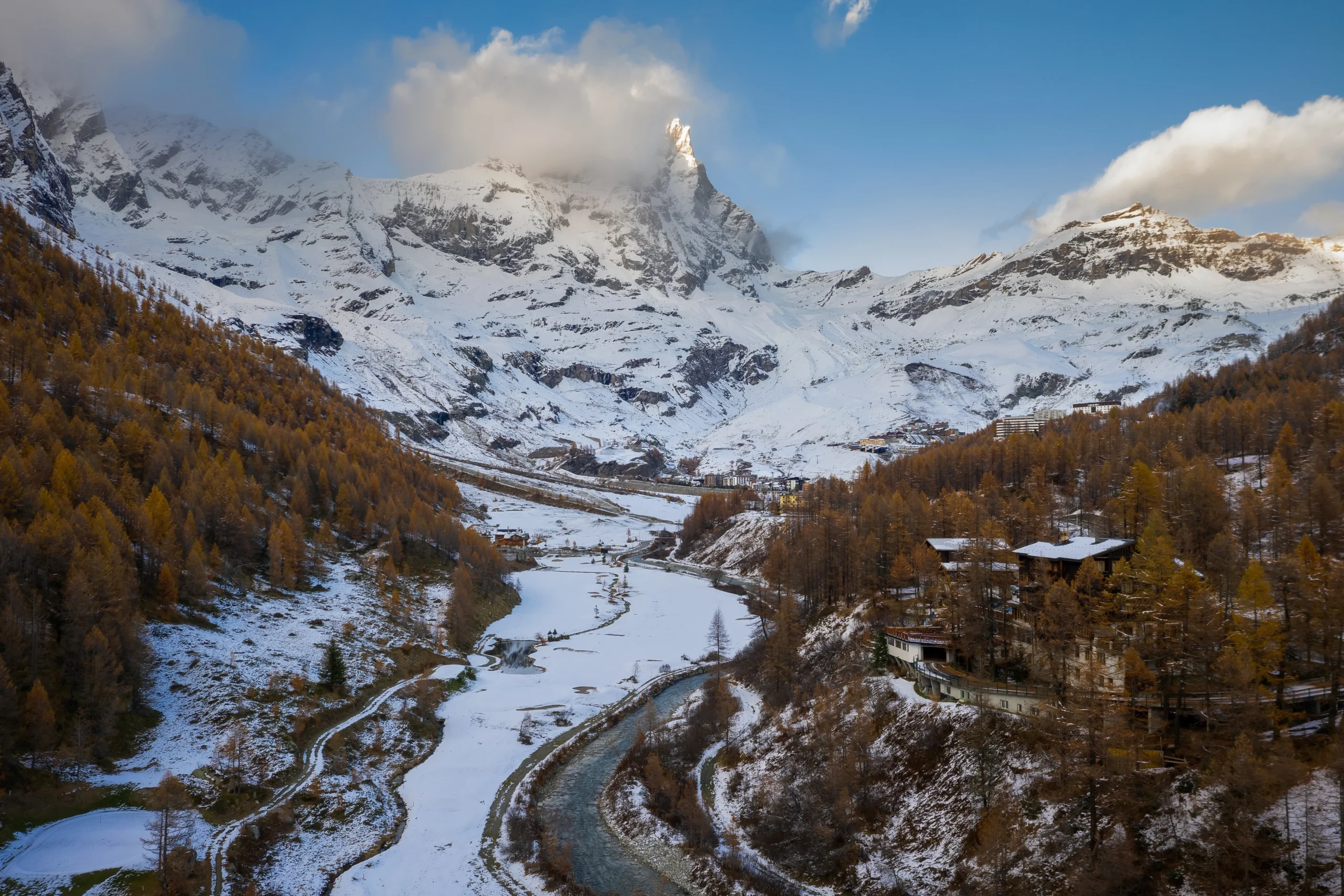
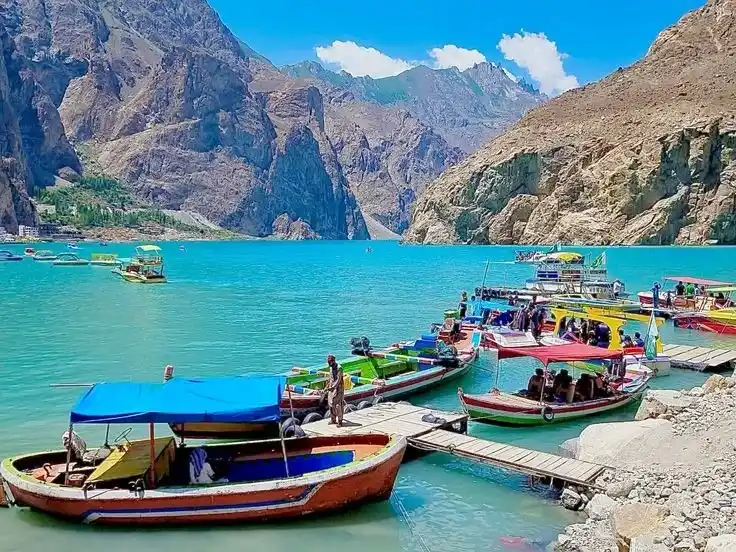
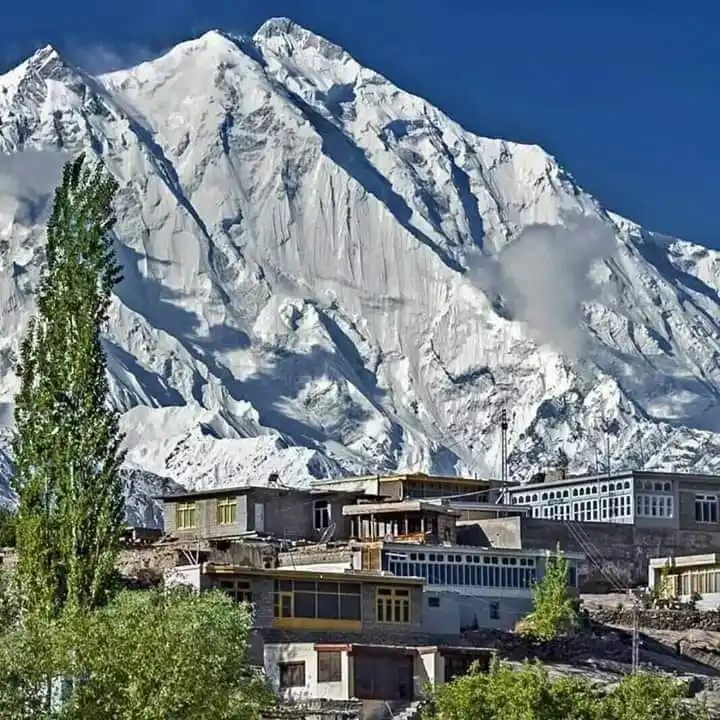
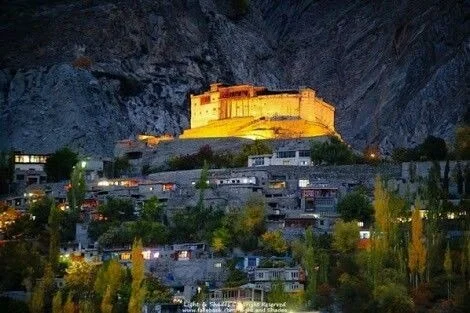
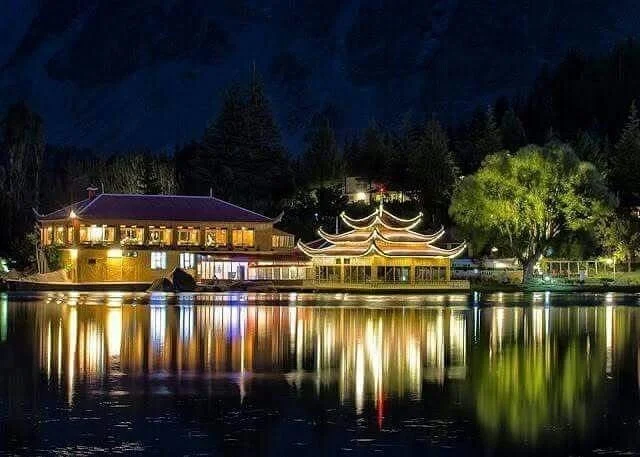
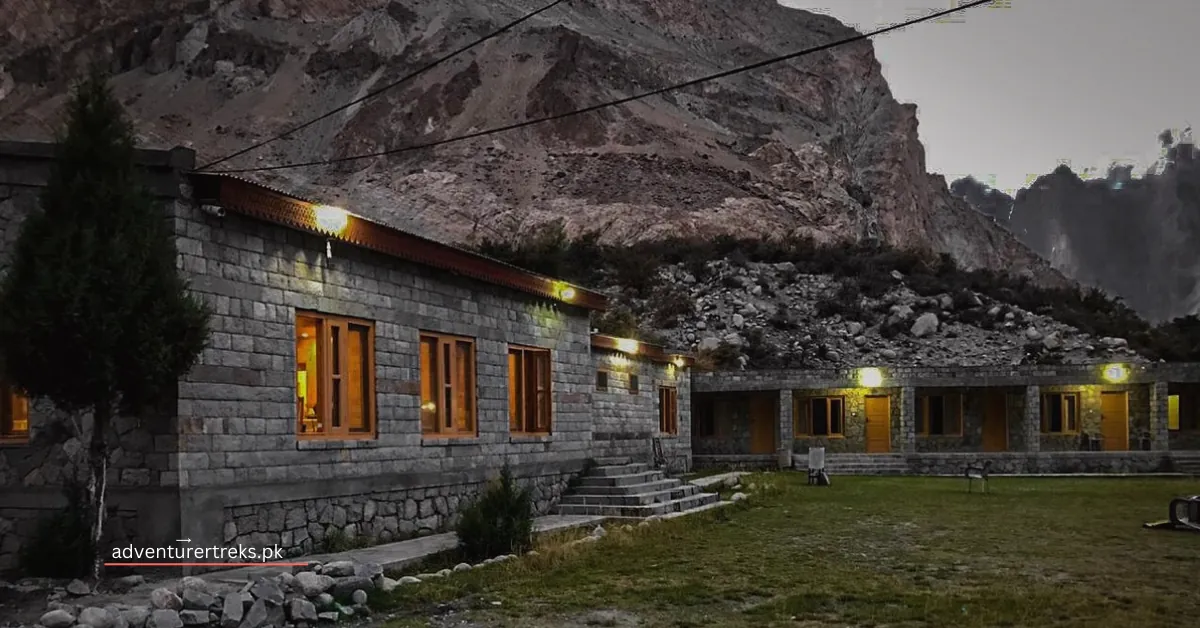
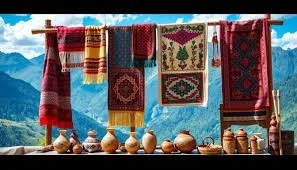
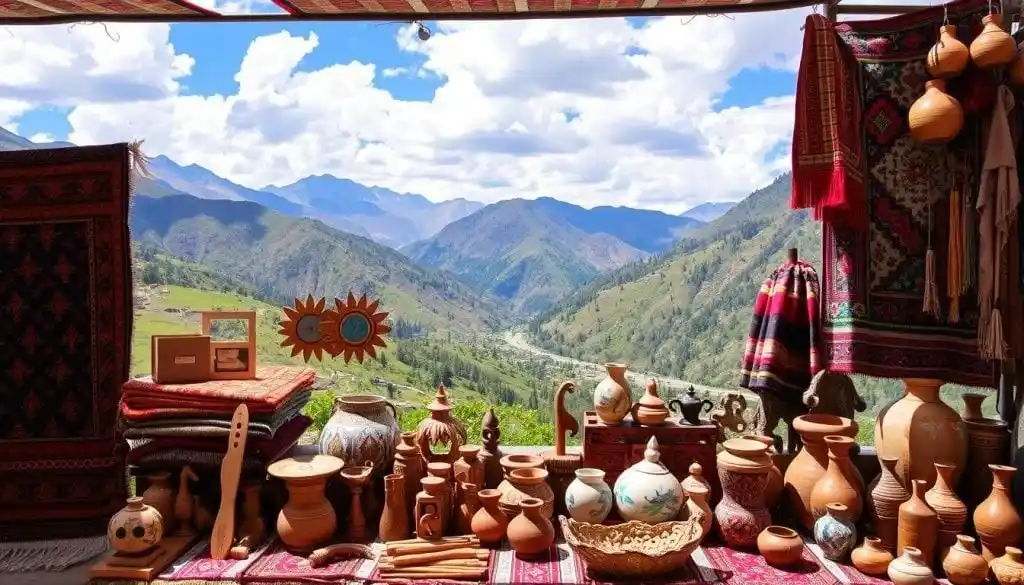
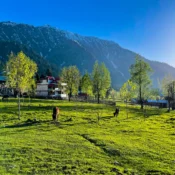
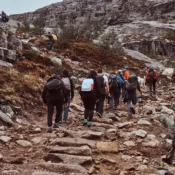




Comments are closed.